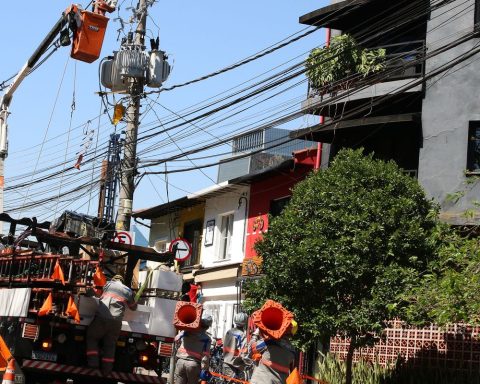Researchers linked to the National Institute for Research in the Amazon (Inpa) and other universities have discovered a new species of palm in the Amazon. The species found by the scientists is of the genus Mauritellaof the family Arecaceaeand was named Mauritiella disticha. The last descriptions of palm trees of the genus Mauritiella were in 1935.
The study involved a multidisciplinary team made up of ecologists, botanists, biogeographers and bioinformatics, who accessed remote areas of the Amazon rainforest. The reference collection of the species is deposited in the Herbarium of Inpa.
The process of discovering and describing the new species was time-consuming and took almost 15 years. The plant was found by researchers for the first time on BR-319 (Manaus-Porto Velho-RO), in 2007, during a survey of floristic inventories. A year later it was found on the Trans-Amazonian highway.
Palm trees are one of the most abundant plant groups in the Amazon region. Of every 20 tree species, eight are palm trees such as buriti and açaí. For the researcher at Inpa and one of the discoverers of the new species, Eduardo Prata, the finding reveals how much there is still to know about the Amazon flora, the most biodiverse biome on the planet. Prata, however, regrets the scarcity of resources for this type of research.
“This reflects not only the high diversity of species in the Amazon, but also the low number of taxonomists and the increasing scarcity of resources and investment in research in the region and in Brazil in general”, said the biologist.
Considered medium-sized, the new palm has a stem covered with thorns and reaches up to seven meters in height. The leaves follow the fan pattern (flabelliform) and have oval fruits similar to those of the buriti, but the scales are considerably smaller.
The species is known in the Middle Madeira basin, in the BR-319 region west of the Madeira River, and in the Aripuanã Transamazônica (Apuí) River region to the east, in the Amazon. It is found in open fields and low forests in white sand ecosystems – the meadows and campinaranas, including secondary forests close to roads.
Due to the apparent low population density of the palm and the fact that it occurs, in part, in the Arco do Deforestation, a region subject to degradation due to the opening of roads, deforestation, fires and irregular occupation by land grabbers, the distribution of the species is a cause for concern. This led researchers to categorize it as Vulnerable.
Work on the new discovery was recently published in American magazine article Systematic Botany.
The first authorship is shared by Inpa researcher Eduardo Prata with Maria Fernanda Jiménez, from the Gothenburg Global Biodiversity Center and the Department of Biological and Environmental Sciences, University of Gothenburg, both in Sweden, and is also signed by researchers linked to the Laboratory of Ecology and Evolution of Plants of the Amazon (Labotam/Inpa), University of Campinas, by the researcher Mario Cohn-Haft (Coleção de Aves/Inpa), and 13 other authors from institutions in Brazil, Sweden, Germany, Holland, Cameroon, France and the United Kingdom.















